The piece that I'm working on is an 88 square cotton crochet coverlet. Its owner tried to brighten it by soaking in bleach. And bleach, as we all know, is an eroder of natural fibers - it literally eats them away.... when you lift the item from its bleachy bath - whether it's antique lace or cotton lingerie - this is what you find:
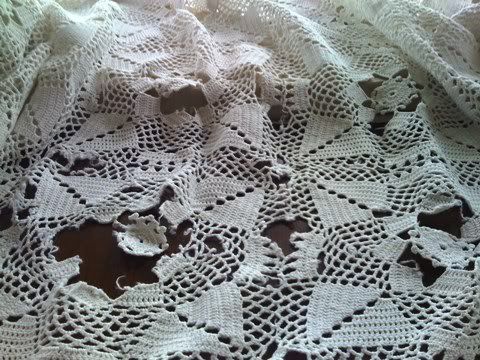
My heart goes out to lovely antique lace or clothing painstakingly handmade that has been destroyed in a matter of minutes by an uninformed descendant and inherited by a chagrined historical society or museum.
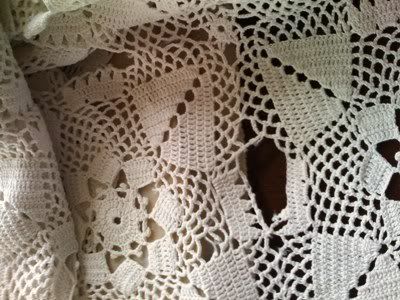
The first thing I do is to lay the lace on a dark surface and catalog the damage. I make a grid or use graph paper and designate each square by horizontal and vertical rows to note both its specific destruction and how many stitches are needed to mend it and what kind. For instance, the tear above is
#15 2/5 to 2/6; 3 triangles 4 loops 2 st
This coverlet had 102 areas needing mending.
Matching the weight and colour of the original materials is an important prep step, too. I have a collection of vintage crochet threads and knitting yarns that I use for this purpose. Usually lace thread this old is the colour of old bones. But in the case of cotton crochet thread that has been bleached, new white thread is needed to match the now too-white colour.
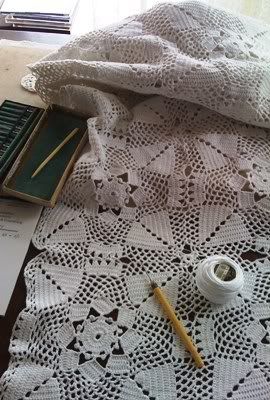
In most cases, I use my antique tools in order to match the size and effect of the original stitches as closely as possible. Most of the old crochet hooks that I have were inherited from relatives and most of my antique knitting needles have been gifts from my friend Marky. The particular lace hooks that I used for this bit of lace were a gift from my bf one Christmas:
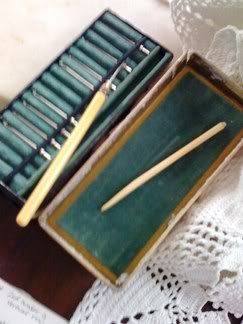
Over time, cotton crochet stitches pull against each other and tighten so that it's sometimes hard to get even a lace hook between the threads. In many places I didn't have the tiny hook size I needed so I crocheted with the tip of a sewing needle.
I also use any vintage books I have to look up the lace pattern that was used in the original. I don't have nearly the archive that I need, and in this case I ended up recreating a square of the pattern by counting stitches visually. Once I've established in my mind how each part of the original was created, I use that knowledge to mend the individual portions. In this case, the design was a multiple of three: each part was either 3 stitches, 6, 9, or 12 stitches, etc. This helps to keep the proportions of the mended parts equal to the original parts. After this, it's just a matter of painstakingly and methodically moving from one square to the next, referring to my grid and sample-square notes, and mending, mending, mending. I always incorporate any remaining ends of threads into the mend - this results in a stronger overall fabric that won't unravel through another 100 years of wear.
Here are the photos of the same area as the first one, above, after I was finished:

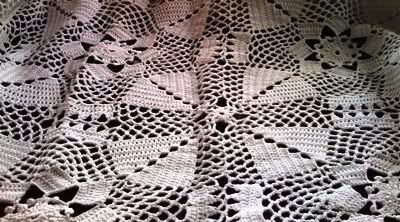













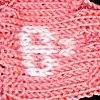

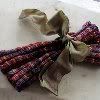

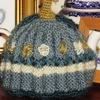



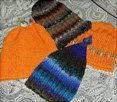











6 comments:
UGH! I can't believe someone tried to bleach that!!! It looks like a beautiful piece.
I had no idea you did textile restorations. You do do many fascinating thing!
Good luck with the repais.
I am in absolute jaw dropping awe of your talent. wow. Simply amazing, and so very interesting to read about!
Wow! What an exciting and challenging passtime! Great job, with so much attention to detail. It must be fun to get to use the vintage tools when you do repairs. Congrats on the restoration.
Thank you all! I am about halfway finished with this and it's looking pretty good. The large circle destruction that you see in the middle of the first picture was the hardest, of course and now that it's repaired, I'm relieved!
Oh my goodness! What painstaking work--I am so impressed!
Wow. This is amazing work, I didn't know you restored textiles as well. I admire you for having the patience (and the skill) to do so.
Post a Comment